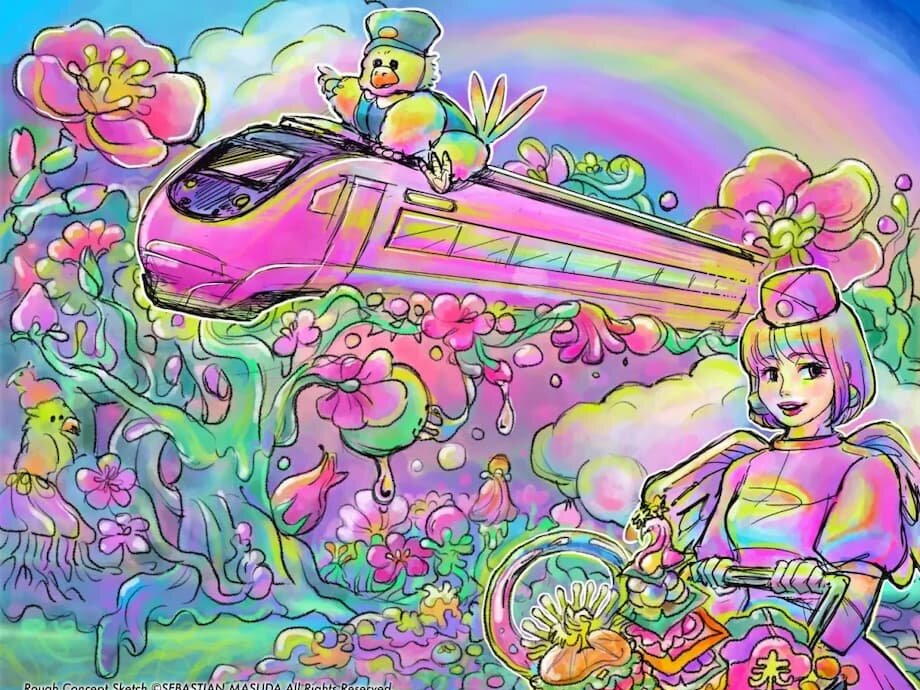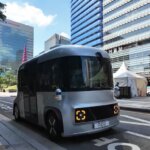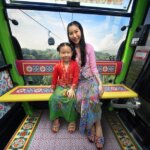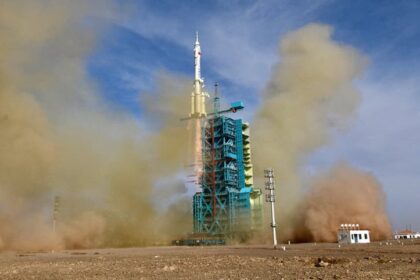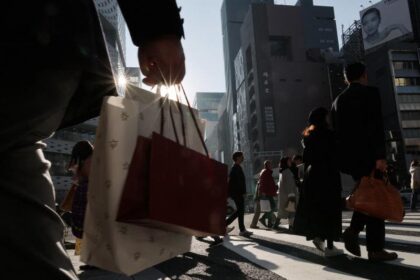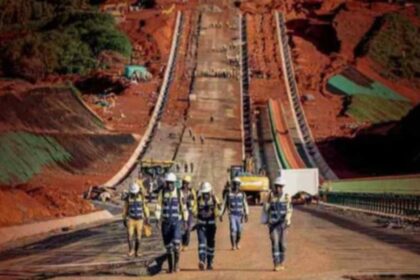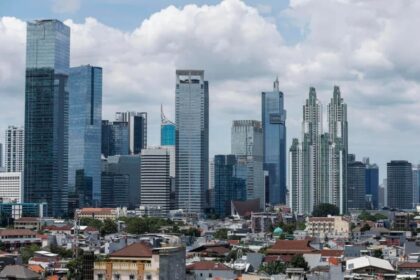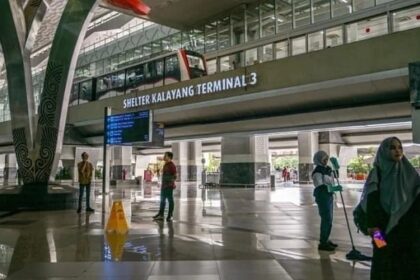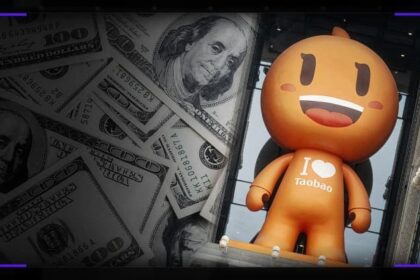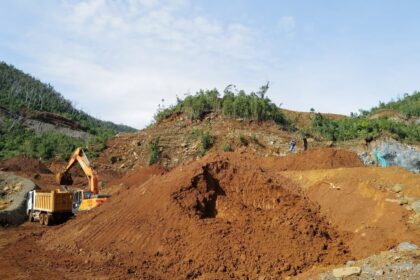Kyoto’s FUTURE TRAIN: A New Era of Dining on the Rails
In the heart of Kyoto’s Umekoji district, a bold new restaurant concept is turning heads and transforming the city’s culinary and cultural landscape. FUTURE TRAIN KYOTO DINER & CAFE, Japan’s first restaurant built on an abandoned elevated railway, is now open for reservations, offering guests a vibrant journey through art, history, and innovative cuisine—all aboard upcycled Thunderbird express train cars. This unique project, led by renowned artist Sebastian Masuda, is more than just a place to eat: it’s a celebration of Kyoto’s railway heritage, a showcase of contemporary Japanese pop culture, and a model for creative urban revitalization.
- Kyoto’s FUTURE TRAIN: A New Era of Dining on the Rails
- From Abandoned Tracks to Culinary Destination
- Meet the Visionary: Sebastian Masuda and the Kawaii Revolution
- All Aboard: Exploring the Three Cars of FUTURE TRAIN
- Menu Highlights: Kyoto Flavors with a Kawaii Twist
- Revitalizing Kyoto: The Broader Impact of FUTURE TRAIN
- Design and Atmosphere: Where Nostalgia Meets the Future
- How to Visit: Location, Hours, and Reservations
- Why FUTURE TRAIN Matters: Culture, Community, and the Future
- In Summary
From Abandoned Tracks to Culinary Destination
The story of FUTURE TRAIN begins with the disused Umekoji Line and the retired 681-series Thunderbird limited express trains, both once vital to Kyoto’s transportation network. Instead of letting these icons fade into obscurity, a coalition of eleven organizations—including West Japan Railway Company, Kyoto City, and local businesses—joined forces to breathe new life into the elevated tracks. Their vision: transform the space into a dynamic hub for food, art, and community, while preserving the spirit of Kyoto’s railway past.
At the center of this transformation is the Umekoji Highline, a 90-meter stretch of elevated railway now home to three brilliantly repurposed train cars. Each car offers a distinct experience, blending nostalgia with futuristic flair and inviting visitors to embark on what the creators call a “Journey to the Future.”
Meet the Visionary: Sebastian Masuda and the Kawaii Revolution
FUTURE TRAIN’s creative direction comes from Sebastian Masuda, a pioneer of Japan’s “kawaii” (cute) culture. Masuda is best known for founding the iconic 6% Doki Doki store in Harajuku and designing the legendary KAWAII MONSTER CAFE, as well as serving as art director for pop star Kyary Pamyu Pamyu’s music videos. His signature style—vivid colors, playful motifs, and immersive environments—has made him a global ambassador for Japanese pop aesthetics.
For FUTURE TRAIN, Masuda teamed up with Diamond Dining, a subsidiary of DD Group, to create a space that fuses Kyoto’s traditional elegance with the exuberance of kawaii culture. The result is a restaurant that’s as much an art installation as it is a dining venue, where every detail—from the plum blossom-shaped burger buns to the neon-lit interiors—invites guests to imagine their own “colorful and diverse futures.”
All Aboard: Exploring the Three Cars of FUTURE TRAIN
FUTURE TRAIN is divided into three upcycled Thunderbird train cars, each with its own theme and purpose:
- Car 1: The Art Experience (Opening September 20, 2025)
This front carriage will serve as an immersive art and event space, utilizing the original driver’s seat and instrumentation for video, light, and sound installations. Scheduled performances and interactive exhibits will make Car 1 a destination for creativity and inspiration. - Car 2: The Main Dining Room
Styled as a retro-futuristic dining car, Car 2 is the heart of the restaurant. Here, guests can enjoy Kyoto-inspired dishes in plush booths surrounded by vibrant, plum-red decor. The atmosphere blends the nostalgia of classic train travel with the excitement of a pop-art diner. - Car 3: The Casual Bar and Lounge
For those seeking a more relaxed vibe, Car 3 offers a bar counter, cozy box seats, and elevated “platform” tables. It’s the perfect spot for casual dining, conversation, and soaking in the lively ambiance of the FUTURE TRAIN experience.
Guests enter the restaurant through a ticket gate, evoking the feeling of embarking on a real train journey. The attention to detail extends to every aspect of the space, from the station-inspired signage to the playful mascot, Birdie Buddy, who appears throughout the menu and decor.
Menu Highlights: Kyoto Flavors with a Kawaii Twist
FUTURE TRAIN’s menu is as imaginative as its setting, combining local Kyoto ingredients with whimsical presentation and pop-culture flair. The culinary team, guided by the theme “KYOTO Diner,” has crafted dishes that are both visually stunning and deeply rooted in regional tradition.
Signature Dishes and Desserts
- Ume Mirai Gourmet Burger: A luxurious Wagyu beef burger topped with Kyoto-grown vegetables and served on a bun shaped like a plum blossom—a nod to the restaurant’s name (“ume” means plum in Japanese).
- Future Ekiben Box: Inspired by Japan’s beloved train station bento, this multi-tiered box features nine different mini dishes, including sandwiches, meat, fish, Kyoto-style pasta, and omurice (omelet rice).
- Birdie Buddy’s Fluffy Pancakes: Decorated with Mont Blanc chestnut cream and the restaurant’s mascot, these pancakes are as cute as they are delicious.
- Kawaii Five-Story Pagoda Parfait: A towering dessert layered with Japanese sweets, fruits, and colorful toppings, inspired by Kyoto’s iconic pagodas.
- Seasonal Cakes and Snacks: Including crispy fries, yakitori (grilled chicken skewers), and other playful treats.
For drinks, the menu features three-color shakes inspired by traditional Japanese hues, as well as signature cocktails and mocktails made with local ingredients like yuzu, matcha, and sakura (cherry blossom). Prices for entrees and desserts generally range from 2,000 to 3,000 yen, reflecting the premium ingredients and unique experience.
Revitalizing Kyoto: The Broader Impact of FUTURE TRAIN
FUTURE TRAIN is more than a restaurant—it’s a model for urban renewal and cultural innovation. By upcycling retired train cars and repurposing an abandoned railway, the project preserves Kyoto’s industrial heritage while injecting new energy into the Umekoji area. The collaborative effort behind the restaurant—spanning railway companies, city officials, local businesses, and creative leaders—demonstrates the power of public-private partnerships in revitalizing urban spaces.
According to Sebastian Masuda, the disappearance of traditional dining cars and onboard sales from Japan’s railways inspired him to create a space where people could rediscover the joy of eating on trains. In his words:
“With dining cars and onboard sales disappearing, I wanted people to rediscover the appeal of eating on trains, which led to the creation of this experiential restaurant.”
The project’s success could pave the way for similar initiatives elsewhere, turning underused infrastructure into vibrant community assets. There are even plans to expand FUTURE TRAIN by adding more cars in the future, with the ambitious goal of creating the world’s longest restaurant.
Design and Atmosphere: Where Nostalgia Meets the Future
Stepping into FUTURE TRAIN is like entering a parallel universe where the past and future coexist in harmony. The exterior of the train cars is painted in bright, eye-catching colors, while the interiors are a riot of neon lights, plush seating, and playful details. Masuda’s signature kawaii aesthetic is evident everywhere, from the pastel hues to the whimsical art installations.
The restaurant’s layout encourages exploration, with each car offering a different mood and experience. Whether you’re enjoying a gourmet meal in the main dining car, sipping a cocktail at the bar, or immersing yourself in digital art in Car 1, every moment feels like part of a larger story—a journey through time, culture, and imagination.
How to Visit: Location, Hours, and Reservations
FUTURE TRAIN KYOTO DINER & CAFE is located at 3-7 Kankijicho, Shimogyo-ku, Kyoto, inside the Umekoji Highline. The venue is directly connected to Umekoji-Kyotonishi Station and is about a 20-minute walk from Kyoto Station, making it easily accessible for both locals and tourists.
- Pre-opening: August 20, 2025 (Cars 2 and 3 open for dining)
- Grand opening: September 20, 2025 (Car 1 art space debuts)
- Hours: Weekdays 11:00–16:00, 17:00–23:00; Saturdays, Sundays, and holidays 11:00–23:00
- Seating: Approximately 88 seats
- Reservations: Available via the official website
Given the restaurant’s popularity and limited seating, advance reservations are highly recommended, especially for those hoping to experience the immersive art events in Car 1 after its grand opening.
Why FUTURE TRAIN Matters: Culture, Community, and the Future
FUTURE TRAIN is more than a novelty—it’s a testament to Kyoto’s ability to honor its past while embracing innovation. By blending railway nostalgia, contemporary art, and culinary creativity, the project offers a blueprint for how cities can repurpose their heritage in ways that engage new generations and attract global attention.
For visitors, FUTURE TRAIN is a chance to experience the magic of train travel in a whole new context. For Kyoto, it’s a symbol of resilience and reinvention, showing how even the most unlikely spaces can become engines of culture and community.
In Summary
- FUTURE TRAIN KYOTO DINER & CAFE is Japan’s first restaurant built on an abandoned elevated railway, using upcycled Thunderbird train cars.
- The project is led by Sebastian Masuda, a pioneer of kawaii culture, and blends art, dining, and storytelling in a vibrant, immersive environment.
- Each of the three train cars offers a unique experience: an art and event space, a retro-futuristic dining room, and a casual bar/lounge.
- The menu features Kyoto-inspired dishes with playful presentation, including Wagyu burgers, multi-tiered bento boxes, and colorful desserts.
- The restaurant is part of a larger effort to revitalize the Umekoji area and preserve Kyoto’s railway heritage through creative reuse.
- FUTURE TRAIN is open for reservations, with the full grand opening (including the art car) scheduled for September 20, 2025.


